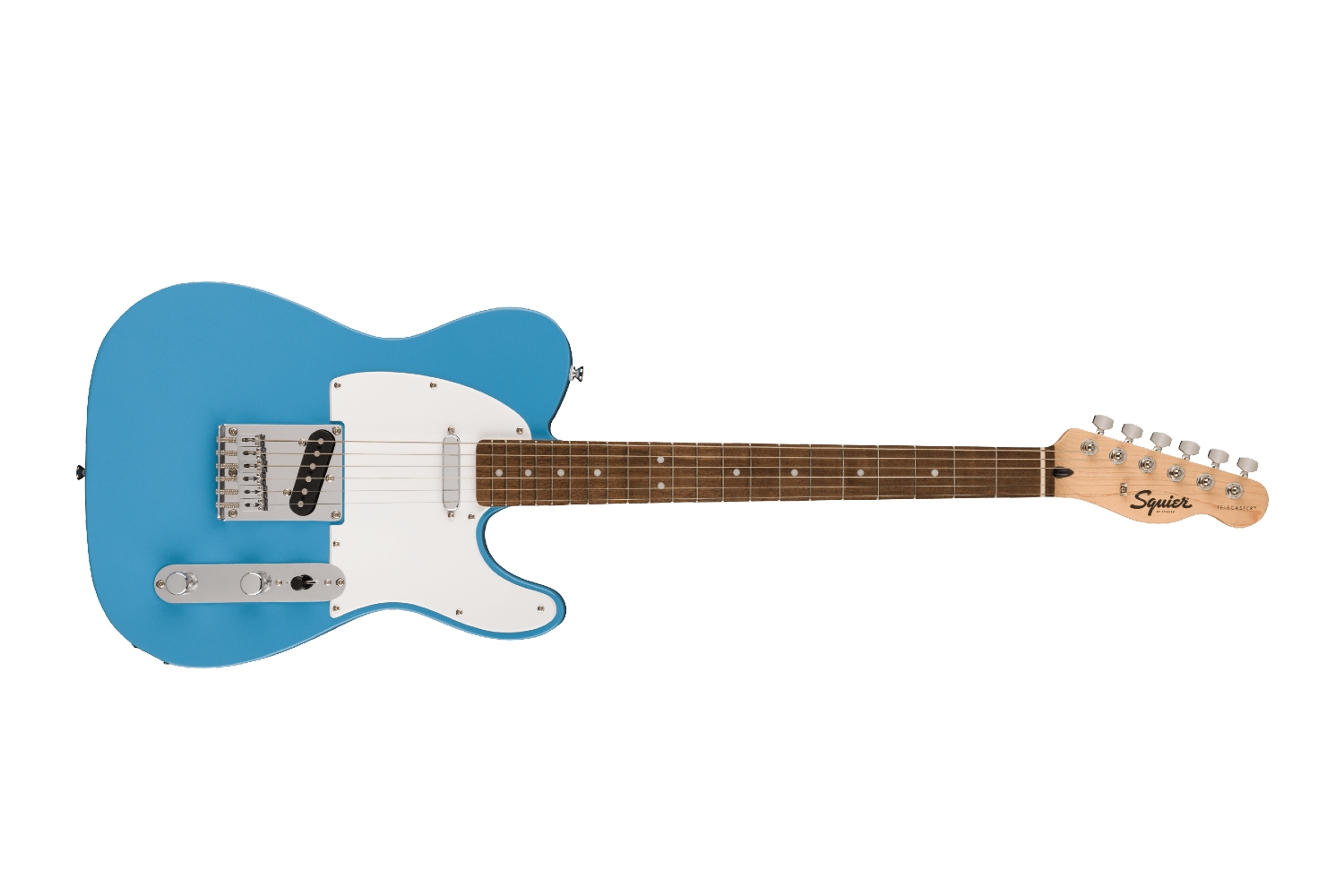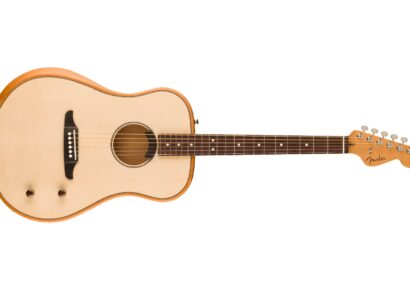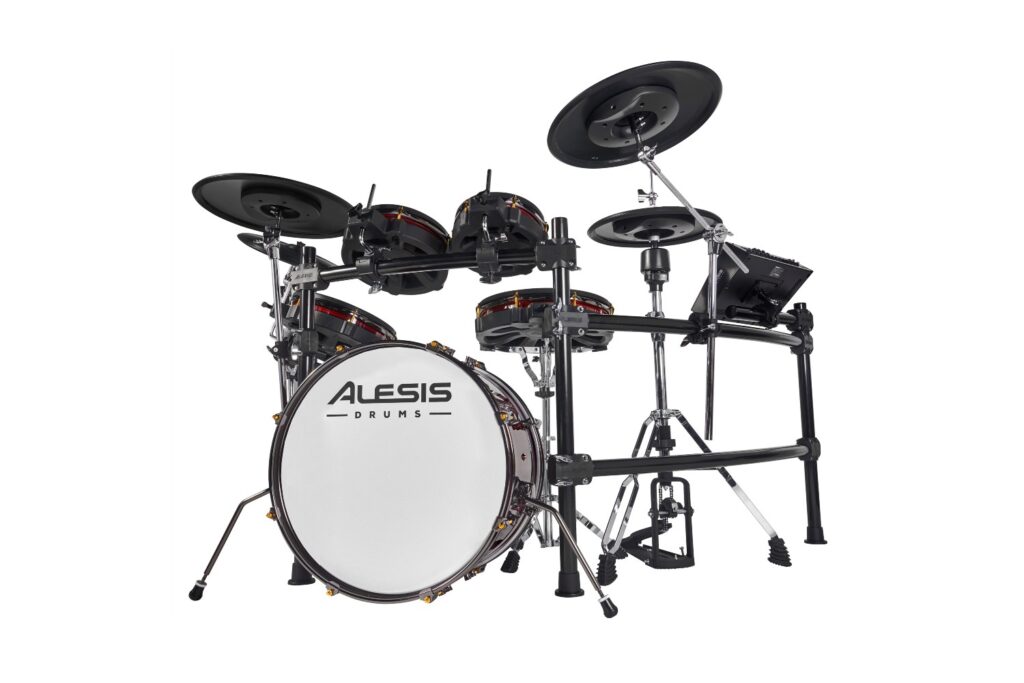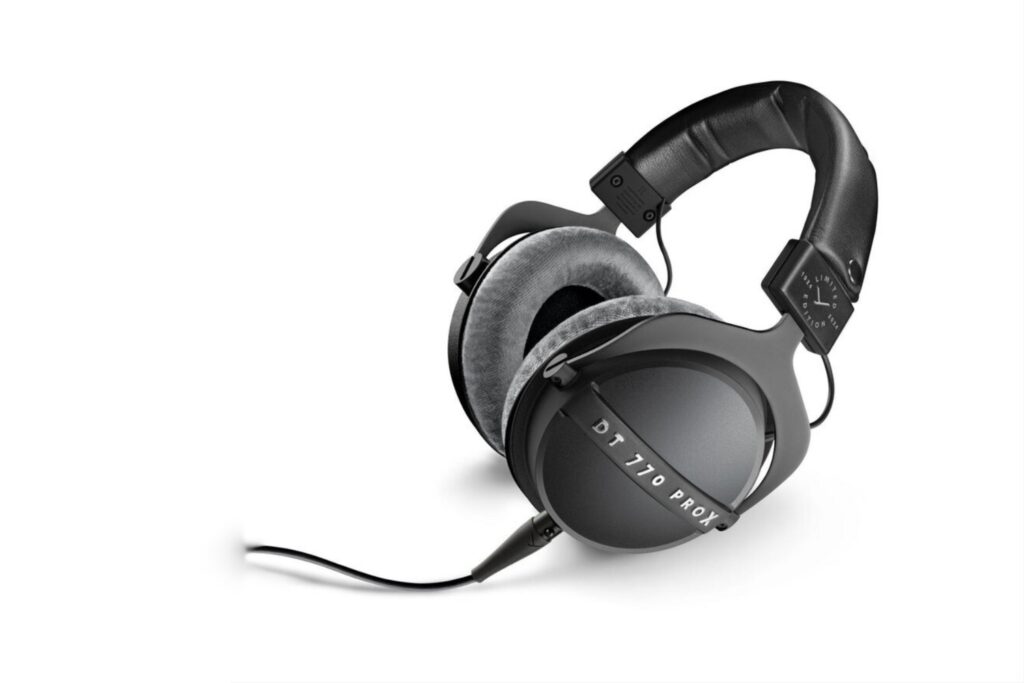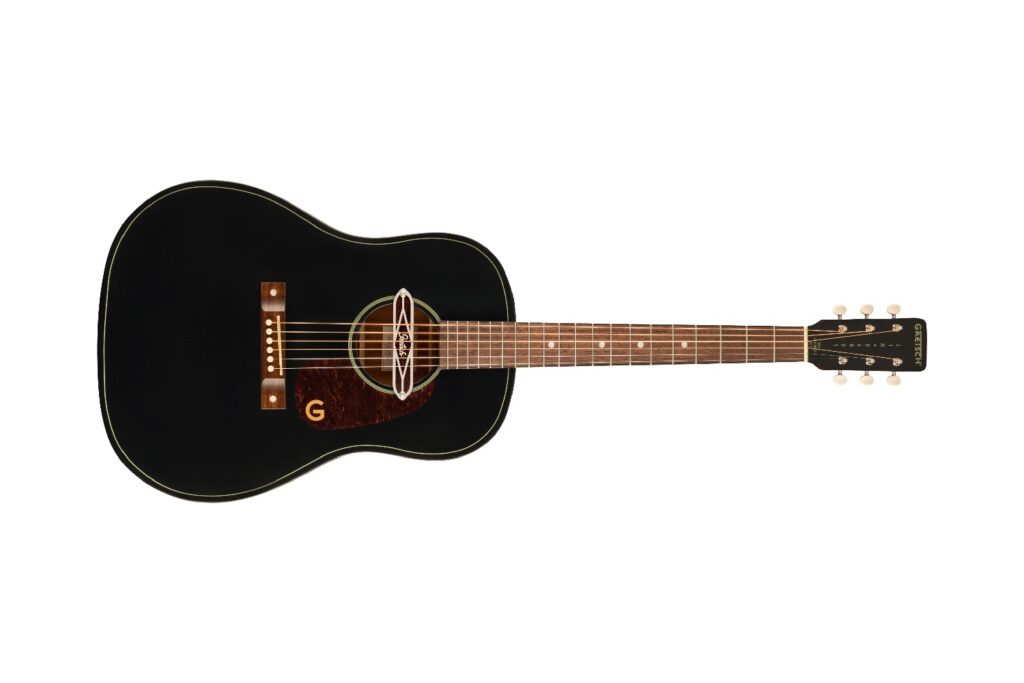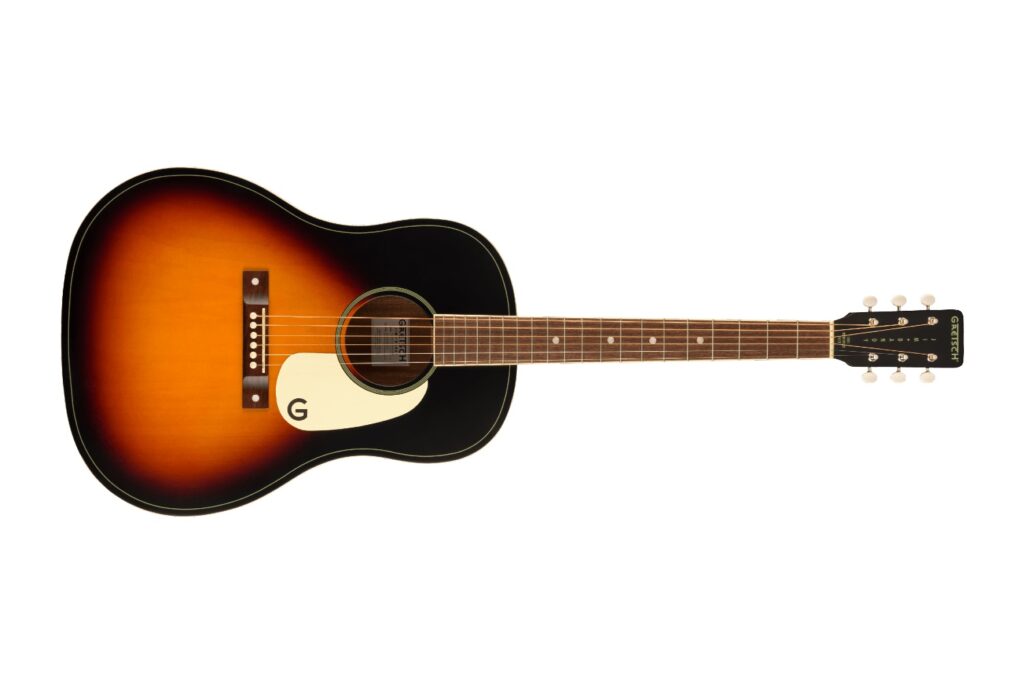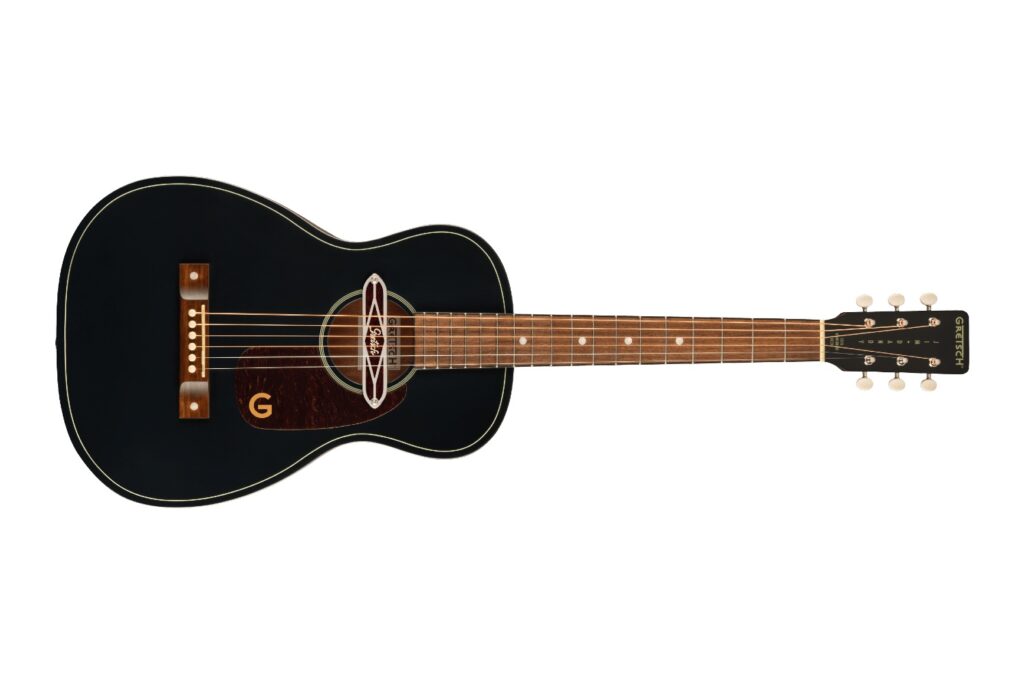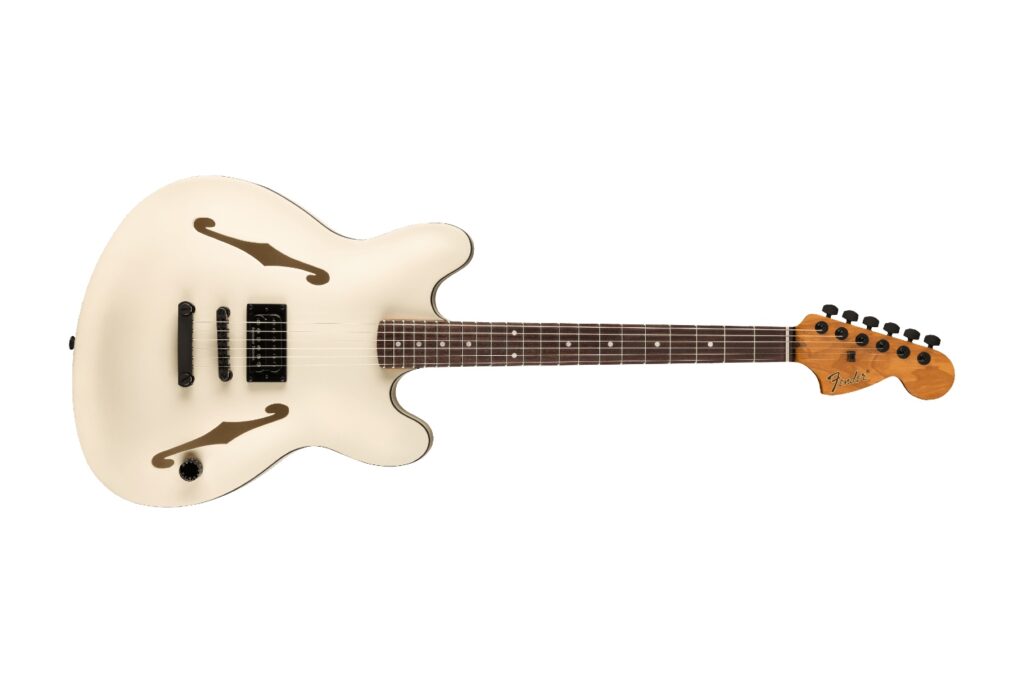Fender Squier Sonic Telecaster | Fender Music Australia | RRP: $409.00
In 1950, Leo Fender introduced the world to the first mass produced, commercially successful electric guitar. Along with its sister model, the Esquire, The Fender Telecaster (originally named the Broadcaster) remains the archetypal electric guitar to this day. It is truly remarkable that despite all of the innovations that have been developed since, the first commercially available iteration of the electric guitar remains arguably the best, and certainly the most popular.
Squier Sonic Telecaster review
Read more gear reviews here.
The first guitar. Everybody remembers their first guitar. I remember as if it were yesterday, finding my first guitar waiting for me under our Christmas tree at the age of twelve, caught completely by surprise at its sudden arrival. I remember being utterly in love with every tiny detail of it, obsessing over the little dark patches in the grain of its maple fretboard, unable to process that it belonged to me. That moment inspired a lifetime of passionate dedication not only to Fender, but to music itself.
Squier Sonic Telecaster
So when the time comes to choose your first guitar, or somebody else’s, what do you choose? The options are limitless, every variation imaginable is now at our fingertips. Well, the best first guitar, in my opinion, is the first of them all. The Fender Telecaster remains, despite its ancient design, the perfect choice.
Unlike their competitors, Fender have done an amazing job of ensuring that there is a version of all their iconic instruments at every price point. From their luxurious custom shop models all the way through to their most affordable Squier counterparts, there is a Fender, and indeed a Telecaster, out there for everyone. It is this egalitarian accessibility, this non-elitist commitment to quality, that has ensured Fender’s place as the gold standard guitar brand in the current market.
Squier Telecaster
Unlike their traditional competitors who have often slipped into luxury brand status, becoming inaccessible to beginners, Fender have remained the favourite for working musicians. This is not merely due to their iconic status, but because they have remained within the grasp of the people who love and need them the most; young people.
The new Sonic series by Squier is the latest iteration of Fender’s most affordable line of instruments. The Squier Sonic Telecaster features all the classic appointments you expect and love from the classic instrument, and is the perfect model to inspire a brand new player. I would have loved to have found it under my Christmas tree on that fateful day, and as the experienced player I am today, I find it to be utterly delightful.
Sporting a vibrant California Blue finish, a chocolate brown Laurel fretboard and chrome hardware, this Tele has a look that can’t help but pull you in. The inspired simplicity of the Telecaster model remains as classy and effortless as ever, it’s a design that after all these years still feels so immediate and necessary.
The incredibly lightweight Poplar body makes this guitar a particularly appropriate choice for younger players. Even kids much younger than I was when I got my first Fender will find this model to be very manageable. Also let’s be honest, some of us more seasoned players could do with a little less weight hanging off of our necks too.
The C-shaped neck is remarkably comfortable, and is my personal happy place as a long time Fender fanatic. I particularly like the Satin Urethane finish, which is silky smooth almost to the point of feeling absent, featuring none of the stick that more glossy finishes tend to have. This again is a great feature for beginners, who will have no problem sliding up and down the 25.5” scale maple neck.
Telecasters have such an unmistakable and versatile sound, thanks to their classic dual single coil pickup configuration. As equally applicable to rock and roll as it is to country, the Tele sound has been utilised by such a long list of stars it hardly seems reasonable to start listing them. From Keith Richards, Jimmy Page and George Harrison, to Roy Buchanan, Bruce Springsteen and beyond, the Telecaster has provided much of the soundtrack to our lives.
Now, the Squier Sonic model puts that very same sound in your hands, or perhaps the hands of your offspring, at an astoundingly low price. The ceramic pickups, voiced in-house at Fender, provide the classic one-two punch the Tele is known for, opening up a world of tonal possibilities.
The bridge pickup has all the Nashville twang you could ever need, and with the tone rolled off a touch, sports a pleasantly balanced tone that could easily be pushed into raucous rock and roll territory. The neck pickup in a Tele is sometimes slightly underpowered when compared to the bridge, but that is not the case in this model. There is a really nice even balance between the two pickups, making the tonal shift a perfectly dynamic change without being startling.
The neck pickup features the classic chrome cover essential to the Telecaster aesthetic and possesses a mellow, jazzy tone perfect for rhythm playing when set clean. When overdriven, the neck pickup becomes a great option for a bluesy lead sound and stays articulate despite its rounded top end.
From its ultra-lightweight body, to its ultra-affordable price point, The Fender Squier Sonic Telecaster is a fantastic choice for beginners and veterans alike. It strikes me in particular however, as a perfect first guitar that will inspire the budding talent of any new player. The beautiful simplicity of the Telecaster design is as usable and versatile as it was in 1950, and its famously honest sound makes it the perfect companion for a learner.
I wonder if Leo Fender would have been shocked to learn that 70 years after his ingenious design hit the shelves, it would still be as relevant and unmatched as it was when he first envisaged it. Two pieces of wood, two pickups, 21 frets and six strings. That’s what it all comes down to. That’s all you need. That’s all I needed when I was twelve, and it’s all I need today to continue to be inspired by and in love with the electric guitar.
The ultimate first guitar, it seems, really is the first of them all.
For more information, head to Fender Music Australia.
